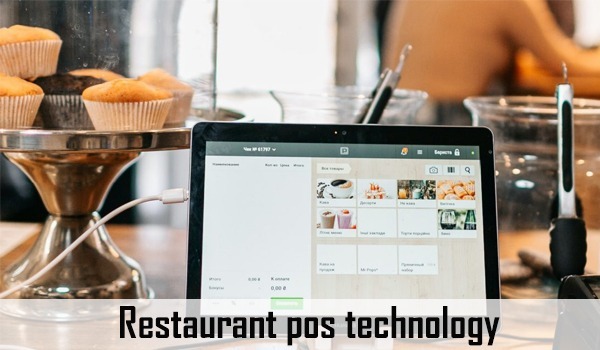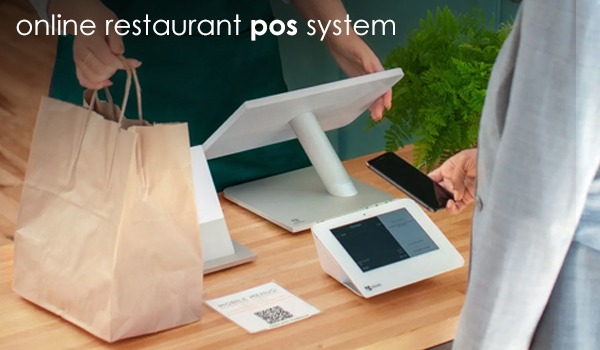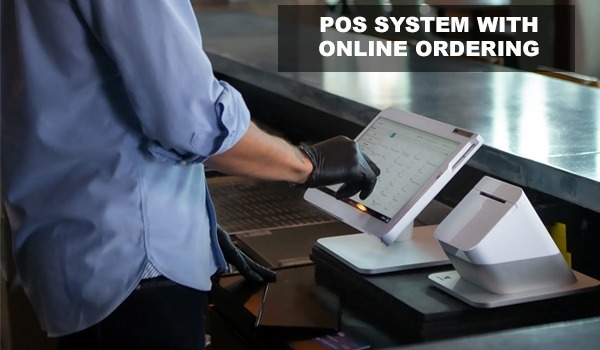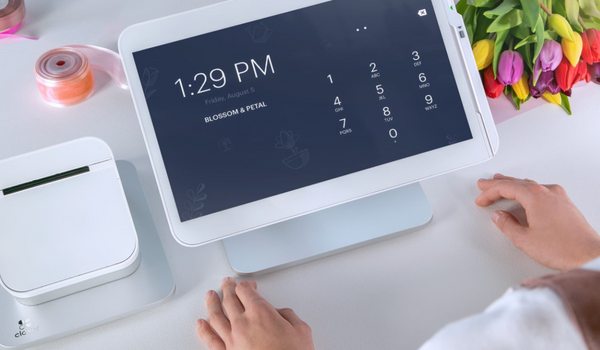
Revolutionizing the Dining Experience: The Power of Restaurant POS Technology
Point of Sale (POS) technology is a type of software and hardware system that enables businesses to manage their sales transactions, including orders, payments, and inventory. In the restaurant industry, POS technology has become essential for managing operations and providing an optimal customer experience.
Restaurant POS technology has transformed the way restaurants operate in recent years. Gone are the days when waitstaff would scribble down orders on paper and manually calculate bills. Today, restaurants of all sizes are using POS systems to streamline their operations, improve the customer experience, and boost their profitability. These systems can handle a variety of tasks, including processing orders, tracking inventory, managing reservations, and generating detailed reports.
They also provide valuable data insights that can help restaurant owners make informed decisions about their business. In this age of digitalization, restaurant POS technology has become an indispensable tool for any restaurant looking to stay competitive and provide a top-notch dining experience to its customers.
The use of POS technology in restaurants dates back to the 1970s when the first electronic cash registers were introduced. Over time, these systems evolved to include features such as touch screens, barcode scanners, and wireless connectivity, making them more efficient and versatile.
Types of Restaurant POS Technology
There are several types of POS technology available for restaurants, each with its unique features and benefits. Here are some of the most common types of POS technology used in restaurants:
- Traditional POS systems: Traditional POS systems are hardware-based systems that are installed on-site and typically require a dedicated server to operate. These systems offer a wide range of features, including order management, payment processing, inventory management, and reporting and analytics.
- Cloud-based POS systems: Cloud-based POS systems are software-based systems that are hosted in the cloud and accessed over the internet. These systems offer many of the same features as traditional POS systems, with the added benefit of remote access, automatic updates, and scalability.
- Mobile POS systems: Mobile POS systems are tablet-based systems that enable staff to take orders and process payments directly at the table. These systems can be especially useful for restaurants with outdoor seating or limited space, as they allow for greater flexibility and mobility.
- Self-service kiosks: Self-service kiosks are touchscreen-based systems that enable customers to place their own orders and process payments. These systems can help reduce wait times and improve order accuracy, while also providing a unique customer experience.
- Contactless payment options: Contactless payment options, such as mobile payments and NFC-enabled credit cards, enable customers to pay for their meals without having to physically handle cash or cards. This can help improve the speed and efficiency of the payment process, while also providing a more hygienic option for customers.
Benefits of Using Restaurant POS Technology
Using restaurant POS technology can provide several benefits for restaurant owners and staff. Here are some of the key benefits of using POS technology in a restaurant setting:
- Increased efficiency: POS technology streamlines restaurant operations, reducing the time and effort required to manage orders, payments, and inventory. By doing this, employees can redirect their attention to different aspects of the company, such as attending to customers and preparing food.
- Improved accuracy: POS technology enables staff to take orders and process payments quickly and accurately, reducing errors and improving the overall customer experience. Features like table management and order tracking also help ensure that customers receive their meals promptly and efficiently.
- Enhanced customer experience: POS technology provides a better overall dining experience for customers by reducing wait times, improving order accuracy, and offering personalized services such as loyalty programs and mobile ordering.
- Better inventory management: POS technology helps restaurants manage their inventory by tracking ingredients and supplies, monitoring stock levels, and generating alerts when items need to be replenished. This can help reduce waste and improve cost management.
- Access to valuable data: POS technology provides valuable data and insights into restaurant operations, such as sales trends, customer behavior, and employee performance. This data can be used to make informed business decisions, optimize menu offerings, and improve overall efficiency.
Key Features of Restaurant POS Technology
- Order management: POS technology enables restaurant staff to take and process orders quickly and accurately. This includes features like menu customization, item modifiers, and order tracking.
- Table management: POS technology provides restaurant staff with a visual representation of the dining room layout, enabling them to manage table reservations, waitlists, and seating arrangements efficiently.
- Payment processing: POS technology allows customers to pay for their meals quickly and securely, whether through cash, credit card, or mobile payment options.
- Inventory management: POS technology helps restaurants manage their inventory by tracking ingredients and supplies, monitoring stock levels, and generating alerts when items need to be replenished.
- Employee management: POS technology enables restaurant managers to manage employee schedules, track clock-in/out times, and monitor staff performance.
- Reporting and analytics: POS technology provides valuable insights into restaurant operations, such as sales trends, customer behavior, and employee performance. Utilizing this information can assist in making knowledgeable business choices and enhancing overall effectiveness.
Choosing the Right Restaurant POS Technology
Below are some of the key factors to consider when choosing restaurant POS technology:
- Cost: Consider the total cost of the system, including hardware, software, licensing fees, and ongoing maintenance and upgrades.
- Features: Consider the features offered by POS technology, including order management, payment processing, inventory management, and reporting and analytics.
- User-friendliness: Consider the ease of use of the POS technology and how easy it is to train staff members.
- Integration with other systems: Consider whether the POS technology integrates with other systems used by the restaurant, such as accounting software or online ordering platforms.
- Technical support: Consider the level of technical support provided by the POS technology provider.
- Security: Consider the security features of the POS technology, including encryption, data backups, and other security measures.
Conclusion
In conclusion, restaurant POS technology offers a range of benefits, including increased efficiency, improved accuracy, enhanced customer experience, better inventory management, and access to valuable data. However, implementing POS technology can also present challenges, such as cost considerations, staff training and adoption, technical issues, and cybersecurity concerns.





